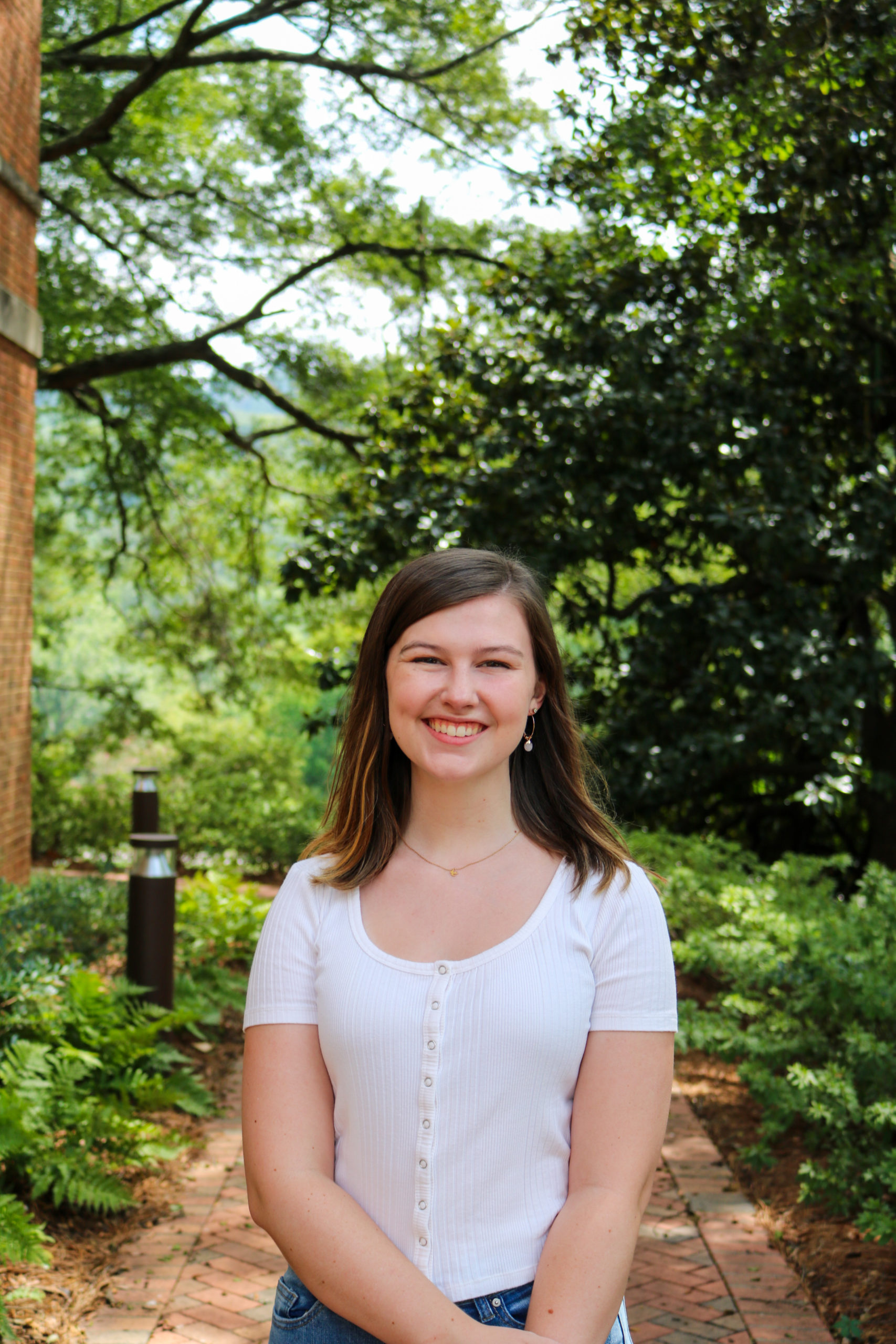Yayoi Kusama once said, “All of us live in the unfathomable mystery and infinitude of the universe.”
We have barely scratched the surface of what could be in our universe. Many people look into the sky to see shining objects without considering what they are. Charles Messier was different. He was a French “comet hunter” who was fascinated by objects that could be mistaken for comets in the sky. In fact, these objects were interfering with his comet research. Today, however, Charles Messier is known for his observations of these objects, and the 110 different objects are now known as “Messier objects.”
On March 24 and 25, the UAB Astronomy Club partnered with the Christenberry Planetarium to present a portion of these Messier objects in their planetarium show “Not Comets: Deep Space Objects in the Universe.” The show featured objects, such as star clusters, galaxies, nebulae and the black holes that existed within them.
William Davis, a member of the UAB Astronomy Club, said, “Last fall, the Society of Physics Students at UAB hosted their annual ‘Observe the Moon Night.’ We were lucky enough to have the Birmingham Astronomical Society join us with their telescopes. While looking at objects other than the moon, some Messier objects were brought up, and it started spinning the wheels.”
Each of the four presenters, Sydney Hewitt, William Davis, Trent Culverson and Ariana Allgood, discussed different Messier objects that they found fascinating. The overhead theatre projected visuals of the universe as well as photos taken by NASA and the Birmingham Astronomical Society. It is incredible that we can see many of these objects with the naked eye, yet we often never question what they truly are. The different presenters recognize the beauty of these objects and the universe as a whole.
Ariana Allgood, a Samford student who helped create and present the show, said “Getting a perspective for distance is the insane thing. In the show, I explained that a light year is a distance unit measuring things in the distance light travels within a year, which leads one to think about our sky as a mosaic of how these celestial bodies looked however many light years away they are from us.”
This is not the first show that the Christenberry Planetarium collaborated with UAB to present. In April of 2022, these groups had collaborated to bring the planetarium show “Shining a Light on Dark Skies.” This April, the same show will be returning to the Christenberry Planetarium to discuss light pollution and protecting the night sky.
Allgood said, “The UAB students took a bit of a different approach to creating this show than what I was used to. For one, they incorporated humor into the show to make it more tangible with the audience. . . I would love to partner with them again! I had a lot of fun getting to know them and understanding their approach towards creating a show.”

Arts & Life Editor






